When you know better, you do better. There are many cost-effective measures to enhance home energy efficiency and contribute to the battle against climate change. From simple upgrades like LED lighting to weather-stripping doors and windows, implementing these strategies contributes to both energy savings and reduced utility bills. Not only are you embracing a greener lifestyle with these solutions, but you’re also doing it at an affordable price.
#1. Seal Window and Door Gaps
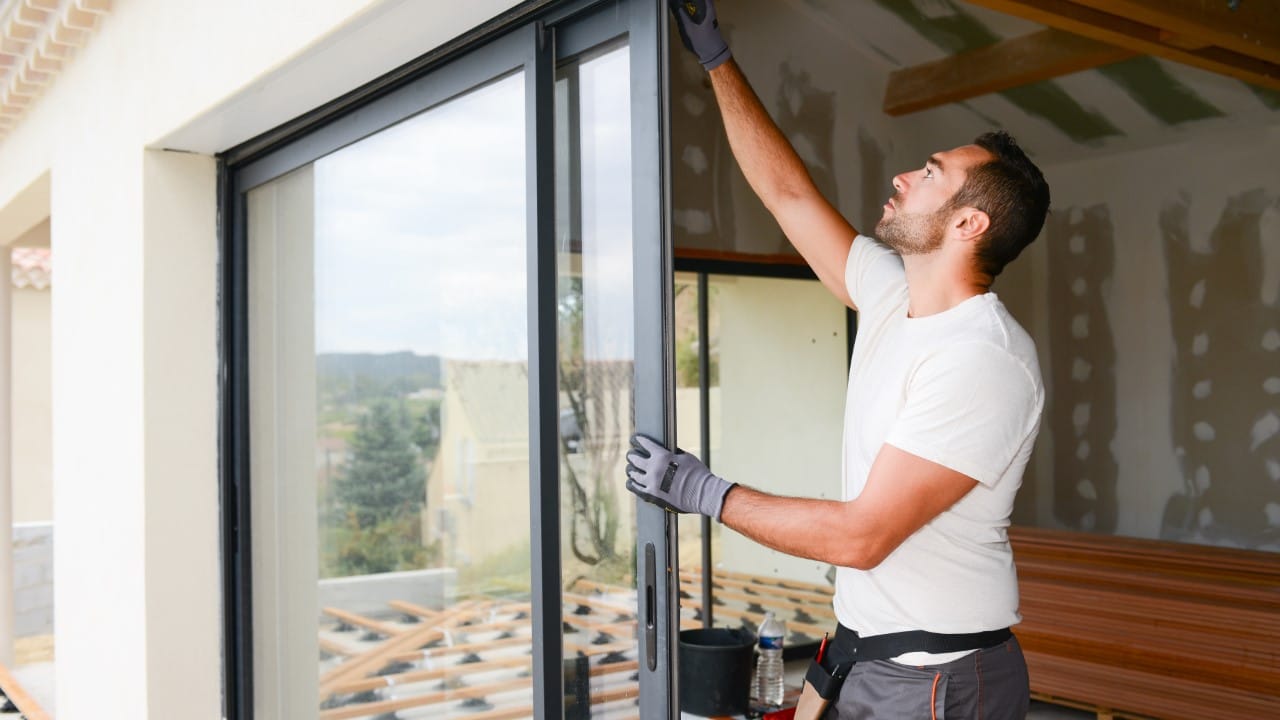
Make your home cozy and energy-efficient by tackling those annoying drafts around windows and doors.
When you seal gaps with weather stripping, you not only keep your space comfortable but you give your heating and cooling systems a break, reducing their workload and encouraging long-term energy savings. It’s a simple fix that pays off!
#2. Use LED Bulbs
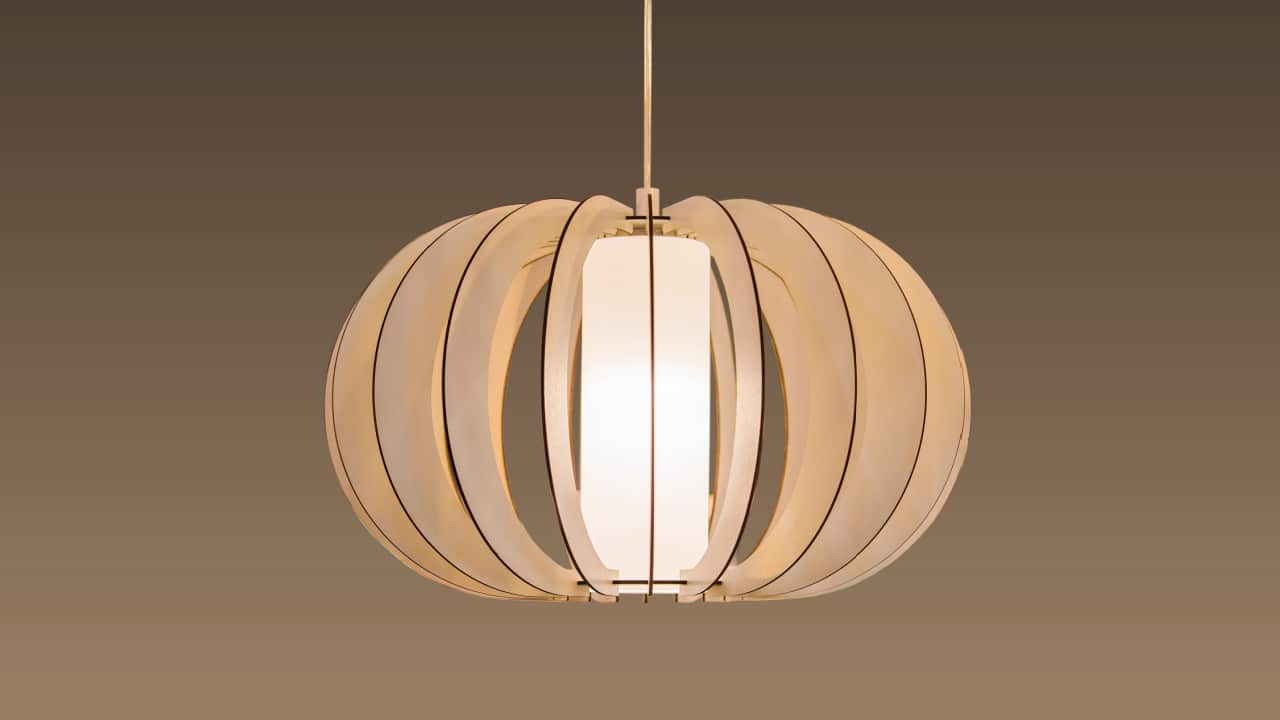
Brighten your home and save energy by using LED bulbs. They last longer and use less electricity, which means lower bills and a smaller environmental footprint.
On average, you can expect to pay anywhere from $2 to $15 per LED bulb. Basic, non-dimmable LED bulbs with lower wattage are generally more affordable, while smart bulbs, specialty bulbs, or those with higher wattage may be on the higher end of the price range.
#3. Install a Programmable Thermostat
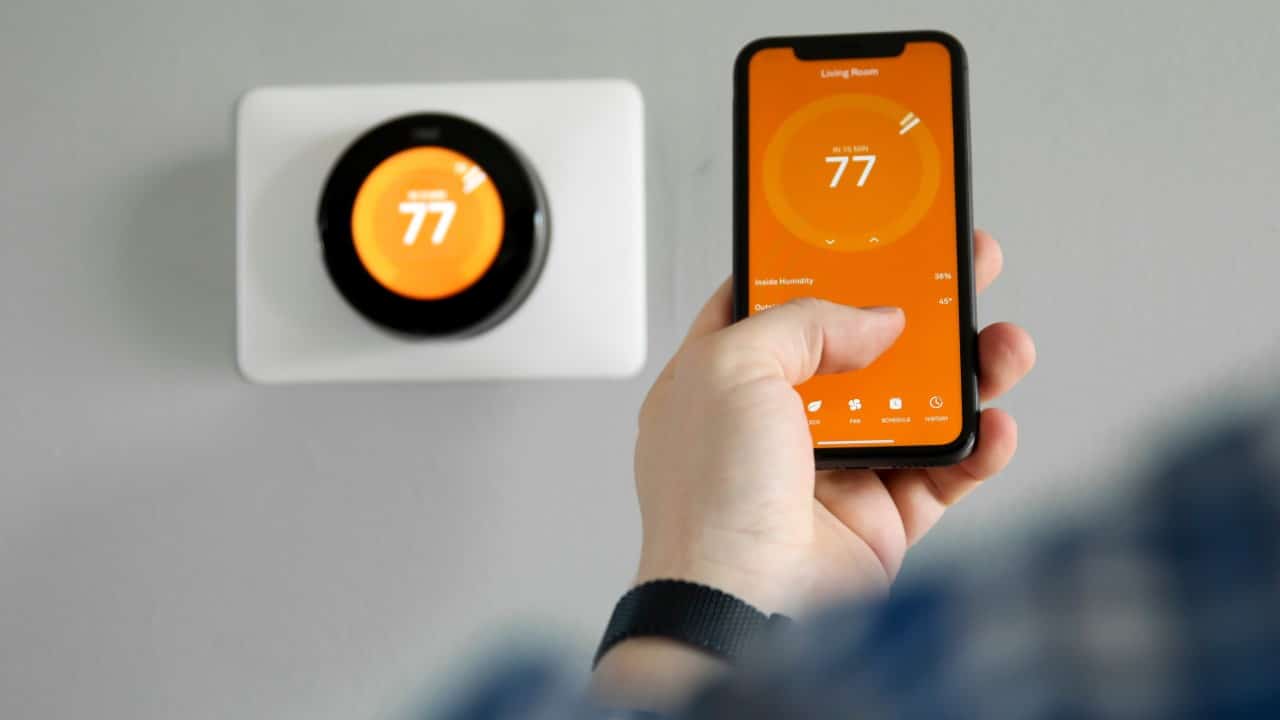
Upgrade your thermostat to a programmable one for better temperature control. Schedule heating and cooling based on your routine to save energy when it’s not needed.
Additionally, a programmable thermostat could possibly extend the lifespan of HVAC systems by maintaining consistent temperature levels and avoiding unnecessary fluctuations.
#4. Add Insulation to Walls and Attics
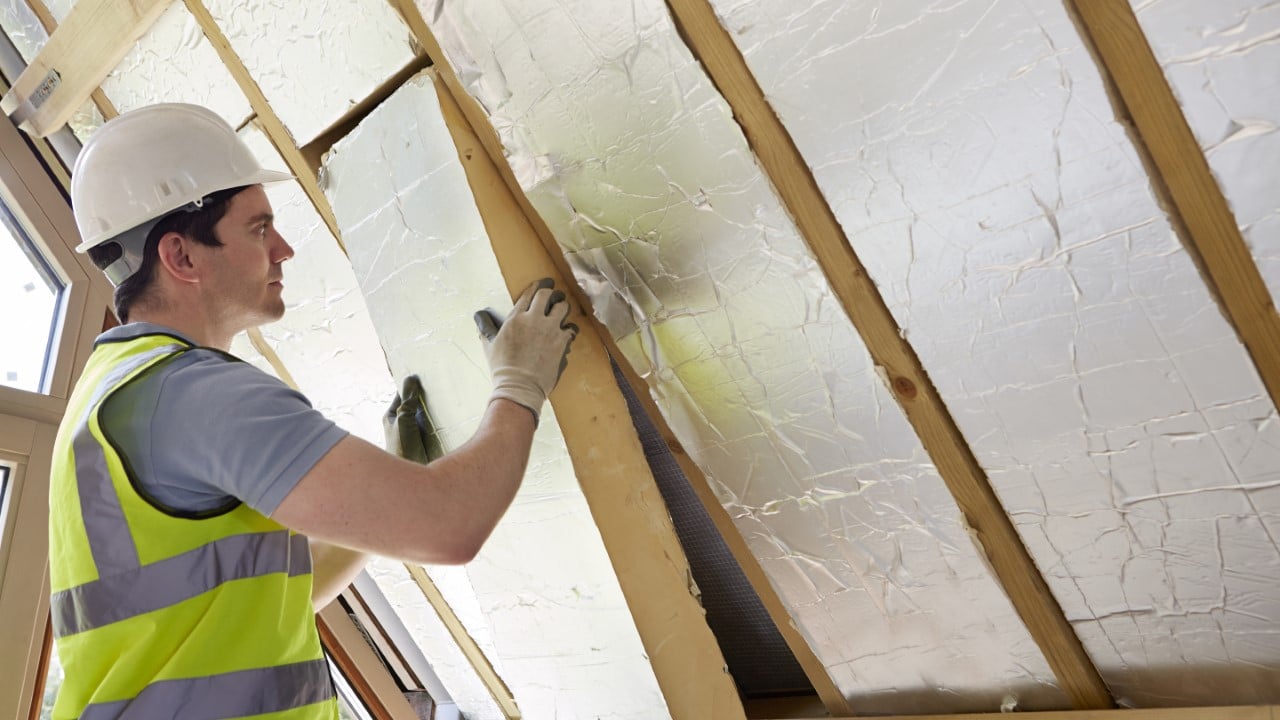
Make your home warmer in the winter and cooler in the summer by adding insulation to the walls and up in the attic.
Aside from helping to maintain the right temperature year-round, it also acts as a sound barrier, muffling outside noise and creating a quieter, more peaceful living space. Plus, you’ll likely notice a welcome dip in your utility bills.
#5. Unplug Electronics When Not in Use
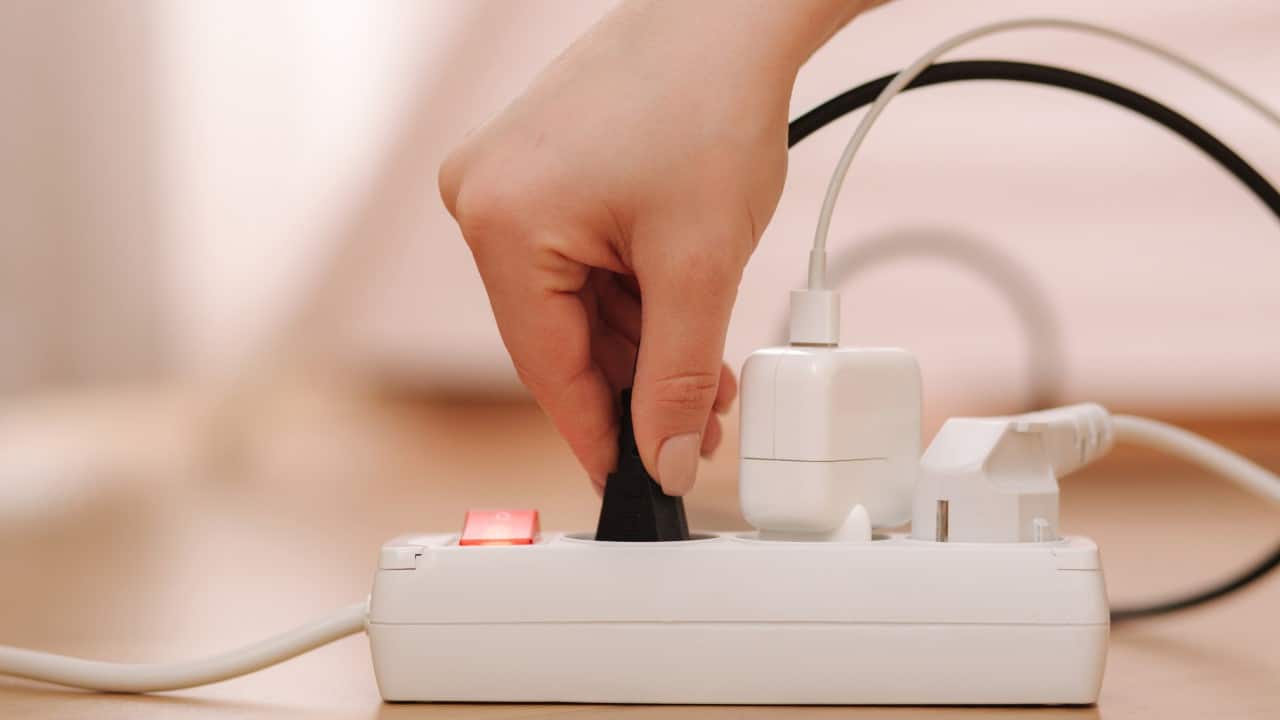
Giving your electronics a real break is crucial, so unplugging them when not in use is crucial. Leaving devices on standby might seem harmless, but it’s a sneaky energy drain that adds up over time, contributing to higher bills.
Besides the cost savings, the added benefit of a clutter-free space with fewer tangled cords is also a plus.
#6. Upgrade to Energy-Efficient Appliances
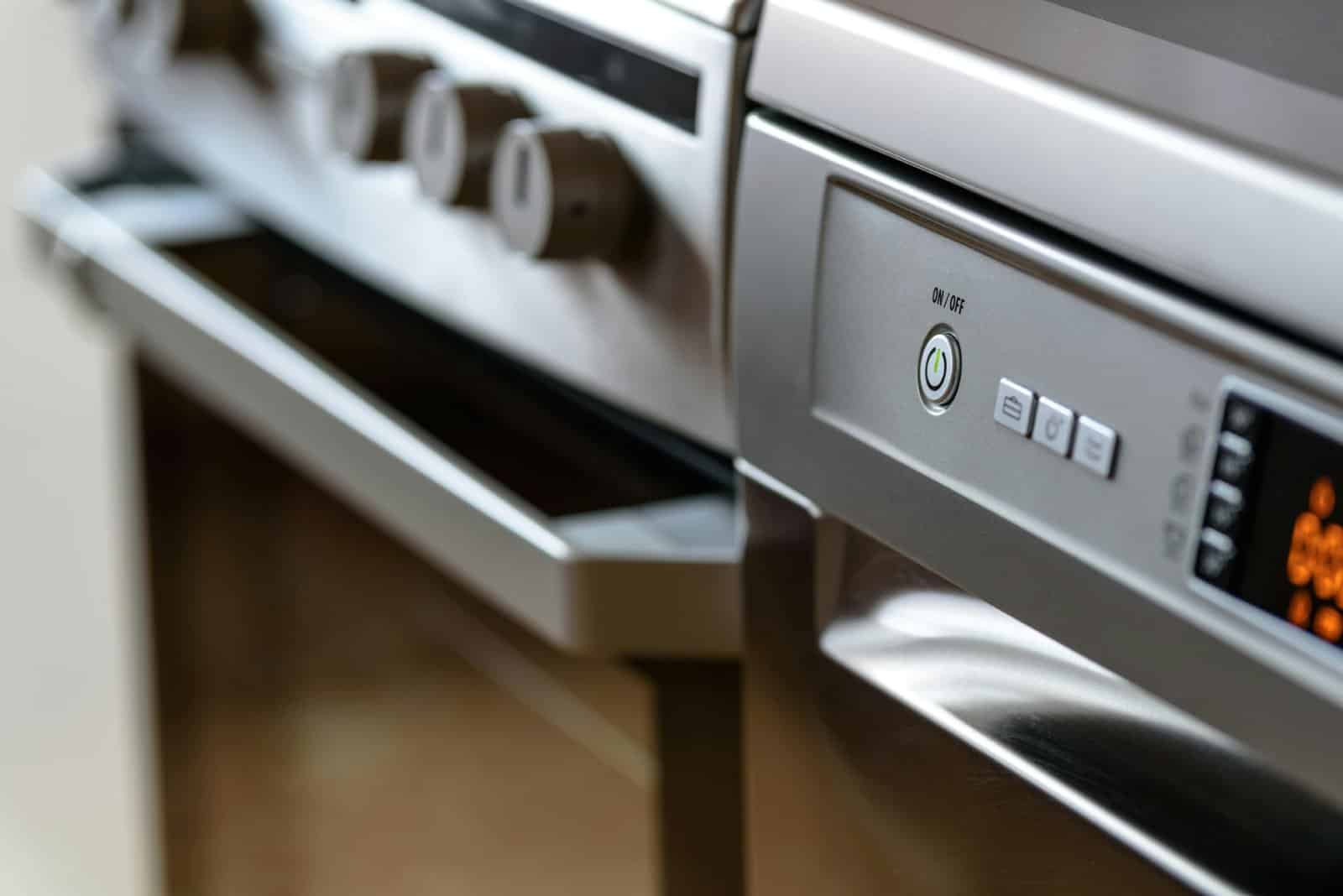
Boost energy efficiency by upgrading to appliances with high energy ratings. Modern, energy-efficient models consume less power.
Some of the most popular options are refrigerators, dishwashers, and washing machines, all of which are specifically programmed to meet strict efficiency guidelines regarding their performance.
#7. Energy Audit

An energy audit is a thorough assessment of your home’s energy usage conducted by a professional. It usually costs $200 to $600 on average.
This exam checks for insulation, heating and cooling systems, appliances, and overall energy consumption patterns to identify areas of inefficiency.
Many utility companies and local government programs offer incentives or rebates to offset a portion of the audit expenses, making it a worthwhile investment for long-term energy savings!
#8. Opt for Energy-Efficient Windows
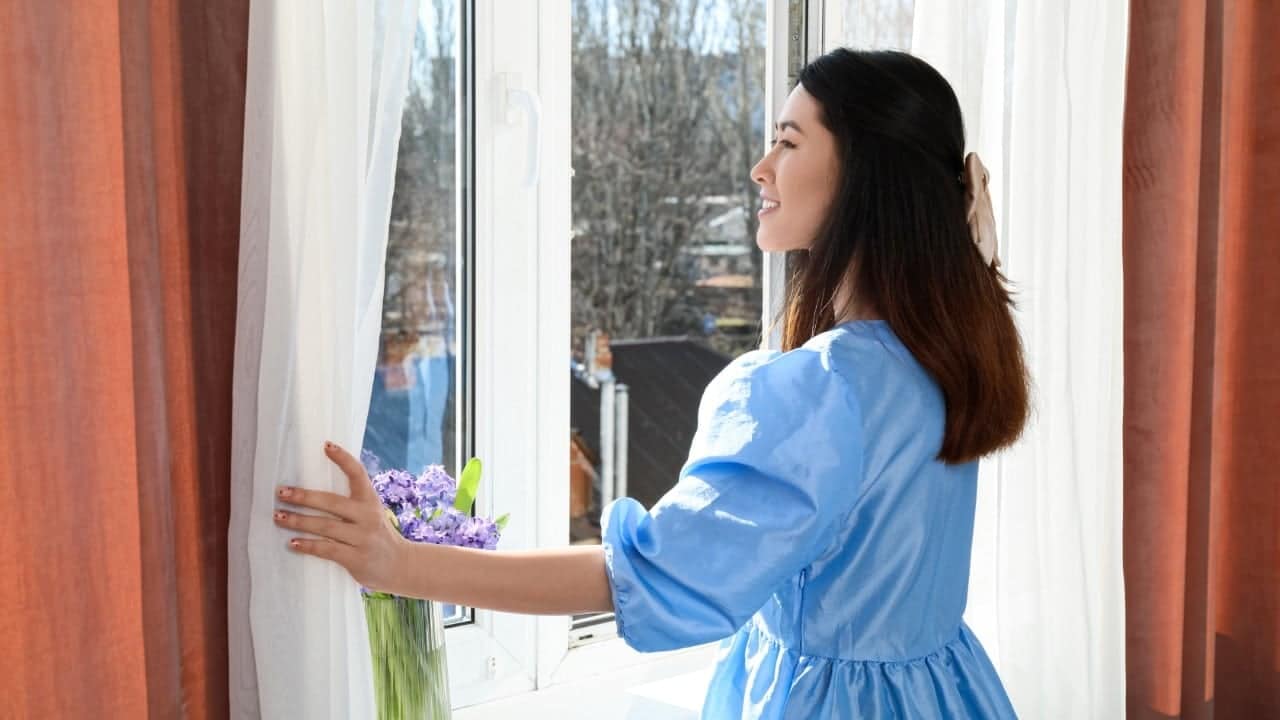
Energy-efficient windows, designed to minimize heat transfer and maintain indoor comfort, offer a host of practical benefits for homeowners.
By preventing drafts and reducing heat loss, these windows promote environmental sustainability through reduced energy consumption. On top of that, they provide UV protection, noise reduction, increased property value, and reduced condensation.
#9. Seal Ductwork
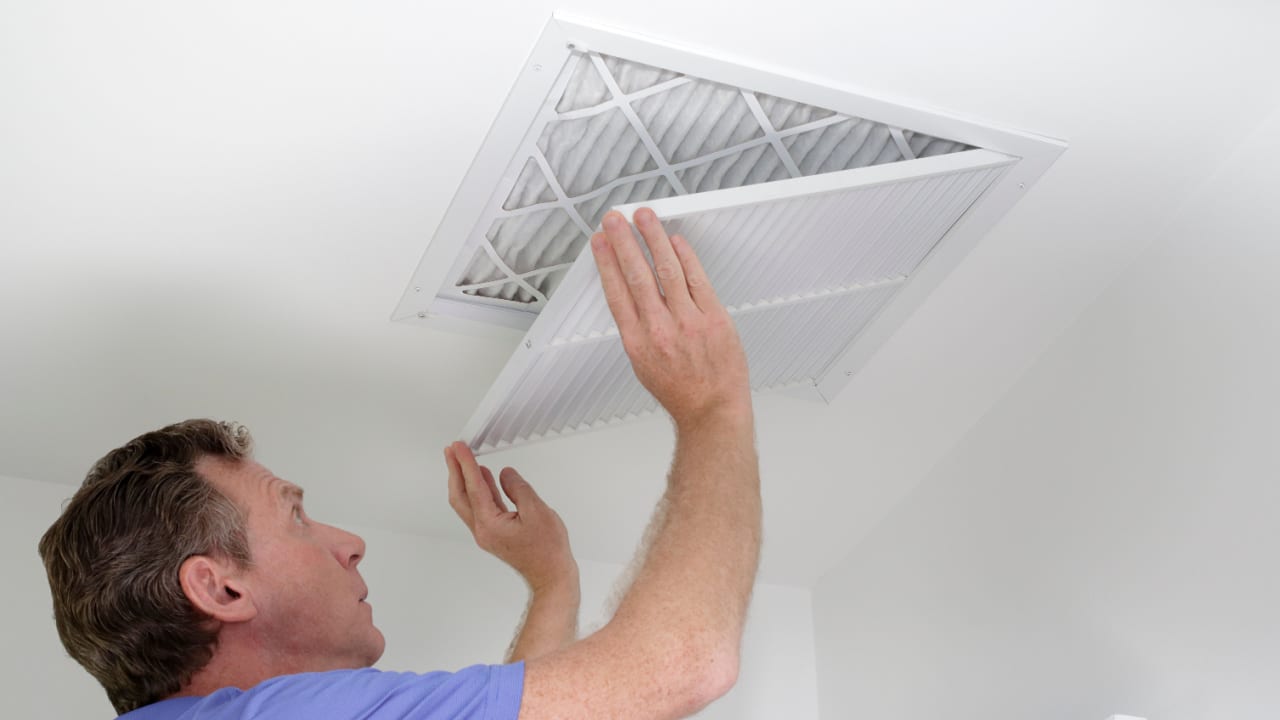
Prevent air leaks and improve your HVAC system’s efficiency. Leaks waste energy, making your heating and cooling systems work harder.
Seal ducts to ensure that you actually feel the conditioned air while lounging around the house. Sealing also minimizes dust and allergen infiltration.
#10. Set the Water Heater Temperature to 120°F (49°C)
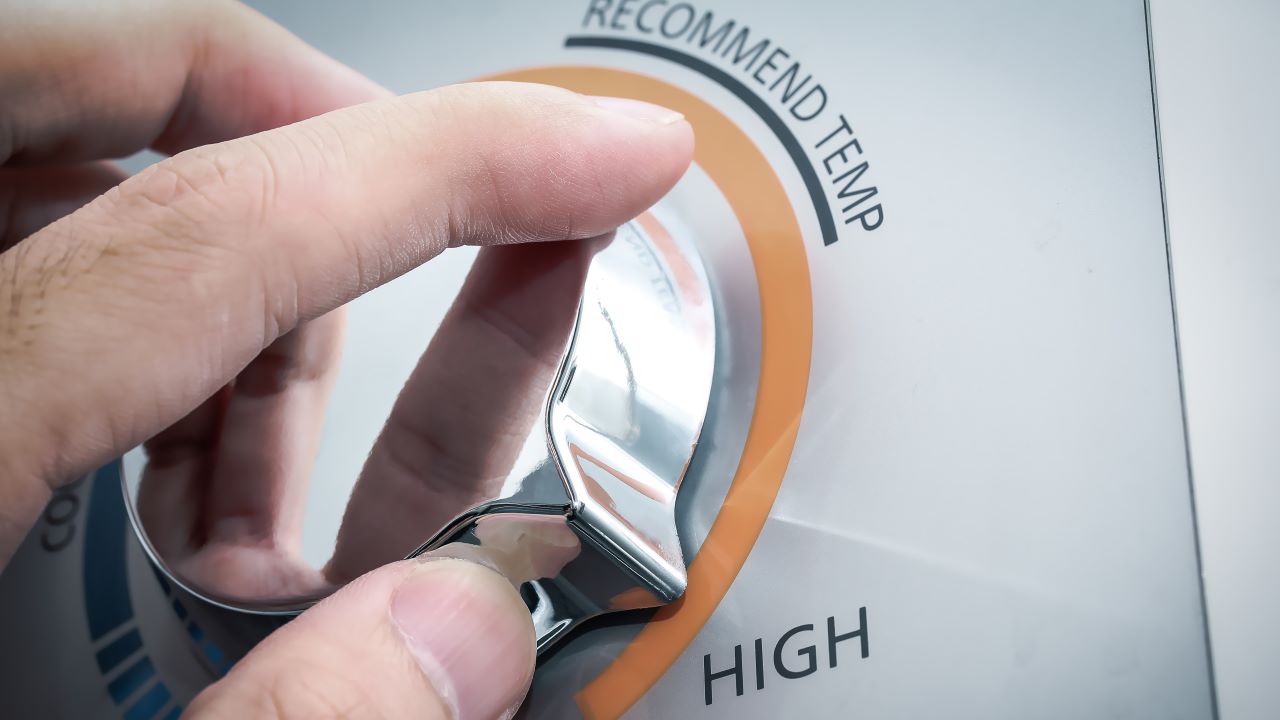
The recommendation to set the water heater temperature to 120°F comes from the U.S. Environmental Protection Agency (EPA) and the Department of Energy.
This temperature is considered a safe and efficient compromise, providing hot water for daily needs while minimizing the risk of scalding and reducing energy consumption.
#11. Wash Clothes in Cold Water and Air-Dry
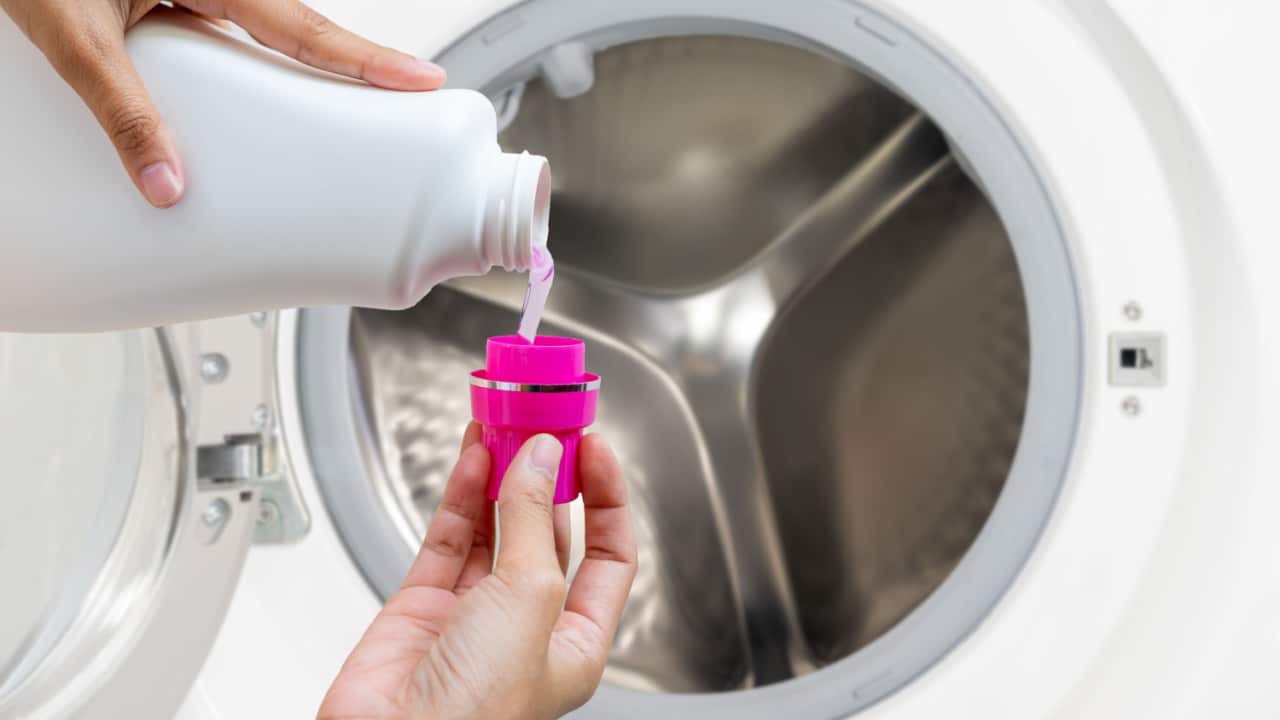
Upon first hearing it, washing clothes in cold water and air drying seemed like a strange suggestion because I’ve always thought you needed hot water to get light or white clothes clean.
However, upon further research, I saw that the necessity to use hot water when cleaning clothes depends on the type of fabric and the nature of the stains.
While hot water can effectively remove grease and oil-based stains, many modern laundry detergents are formulated to work well in cold water.
Cold water washing is generally suitable for a wide range of fabrics and helps preserve colors, reduce energy consumption, and minimize the risk of shrinking or damaging clothes.
#12. Plant Shade Trees Near Windows

You can lower your air-conditioning needs by planting shade trees near windows. These trees naturally block the sun’s rays, reducing the heat energy entering your home. It’s a simple, eco-friendly solution that adds a lovely rustic touch to your home decor.
#13. Install Solar Film on Windows
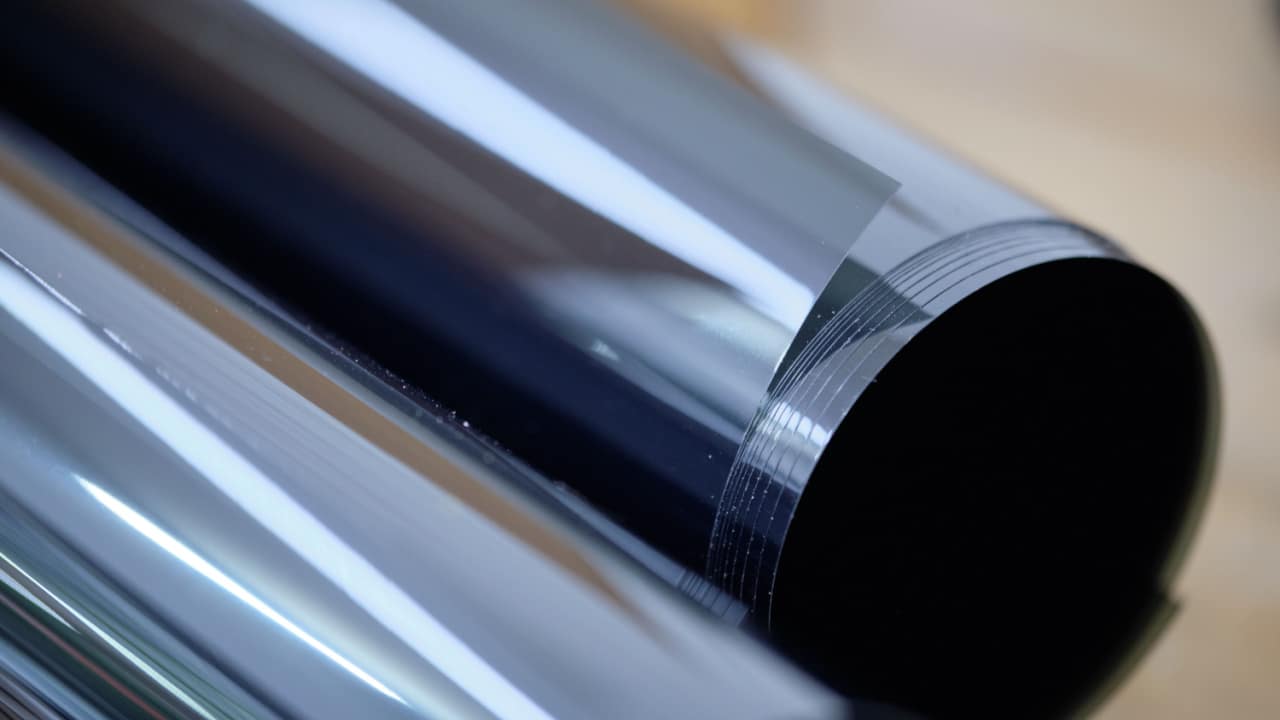
This thin film blocks excess sun heat and harmful UV rays while reducing glare and preventing furniture fading. It still allows natural light to illuminate your space and is a budget-friendly insulator. What’s not to love?
#14. Use Ceiling Fans
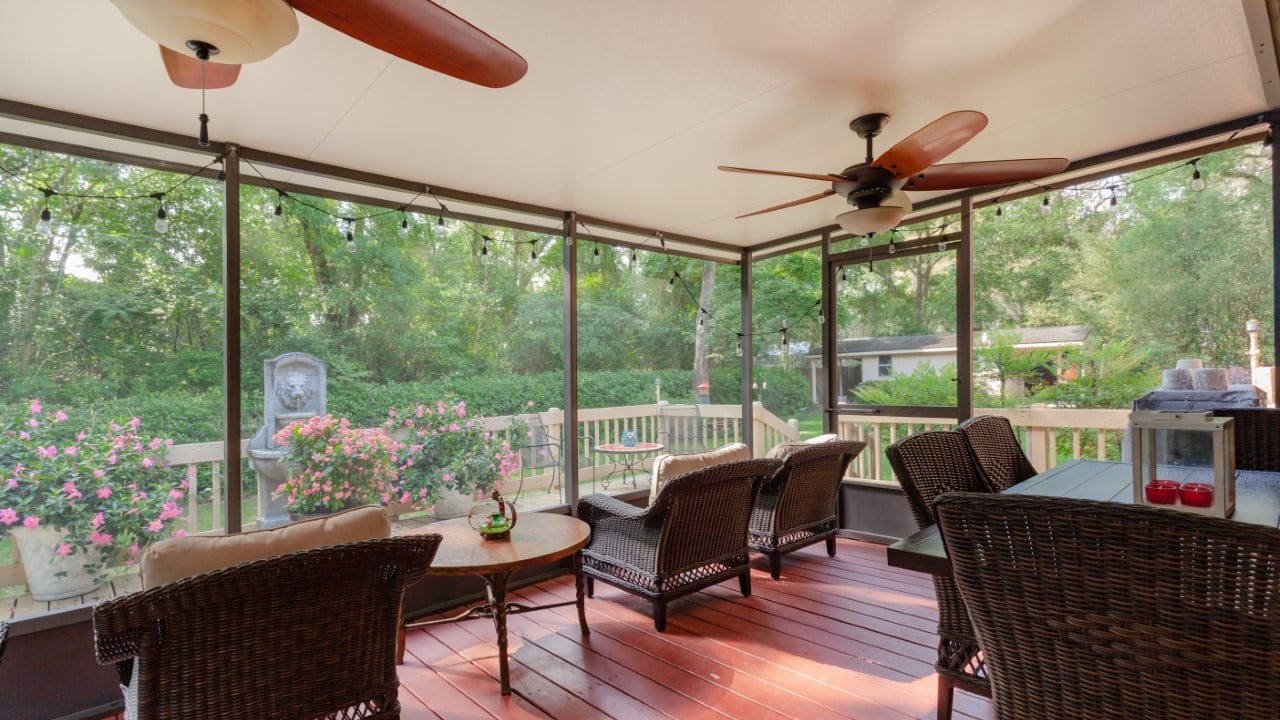
Boost air circulation and cut AC usage by using ceiling fans. They create a comfortable breeze, allowing you to set your thermostat higher without sacrificing comfort.
Plus, it’s possible to reverse them to circulate warm air in colder seasons, promoting more even heating. You can also choose a really fancy one that complements your existing interior design!
#15. Regular HVAC Maintenance
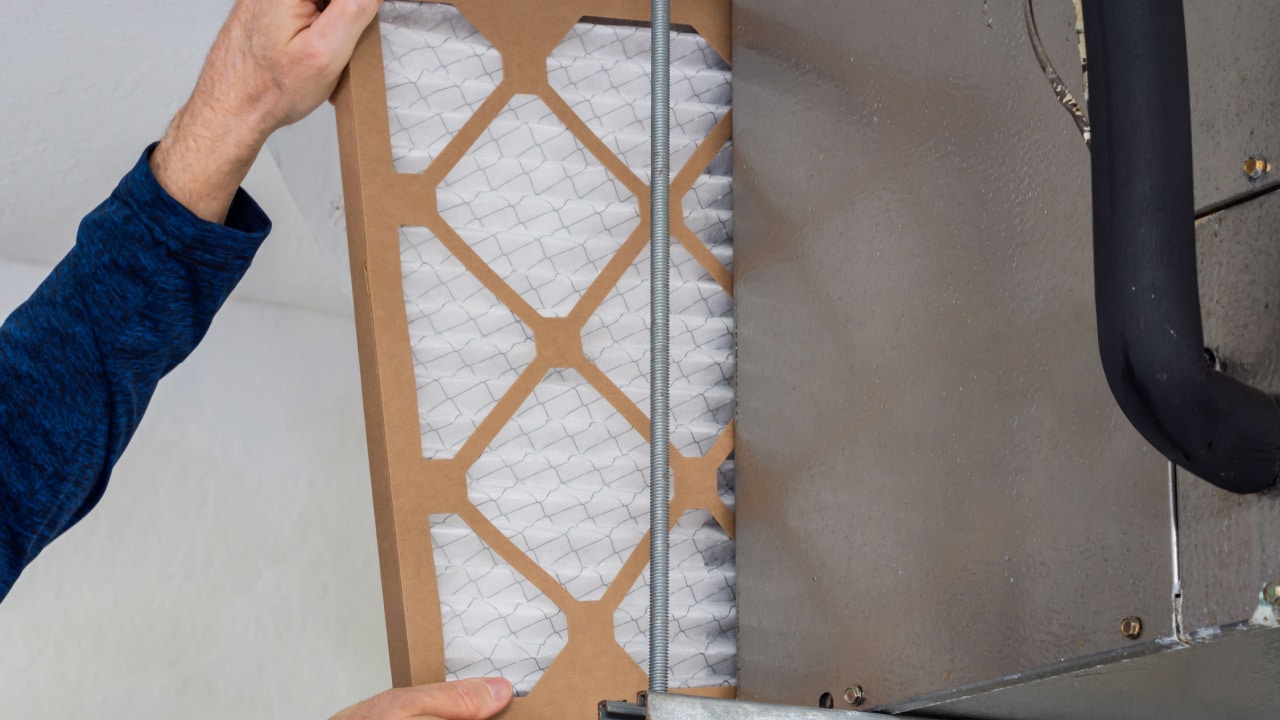
It’s essential to keep your HVAC system efficient with regular maintenance. Clean filters, check for leaks, and schedule professional inspections. Well-maintained systems work better, saving energy and extending the life of your HVAC equipment.
Biden’s New 401(k) Rule: Employers Frustrated as Retirement Planning Responsibilities Shift
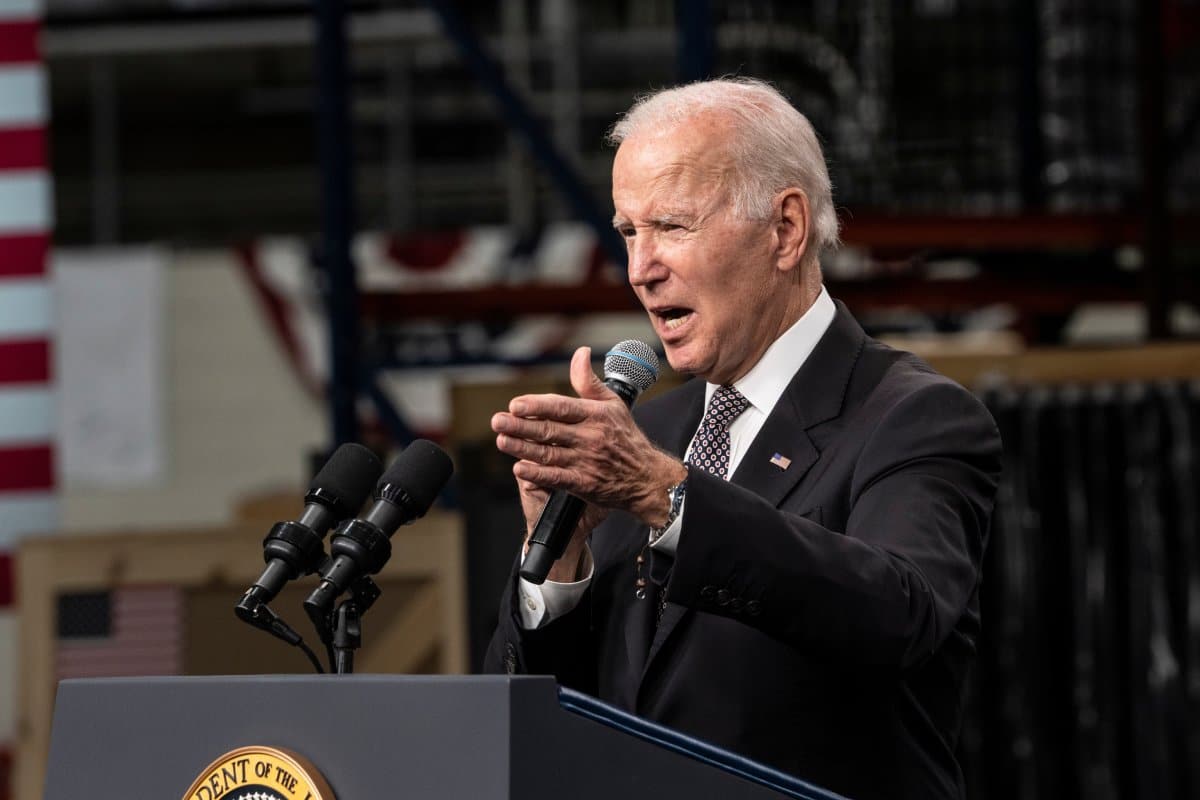
The latest Biden administration rule on 401(k) plans is reshaping how employers manage retirement plans. It’s a complex scenario requiring a fresh understanding of fiduciary duties and provider relationships. This rule aims to protect employees but also imposes new responsibilities on employers. Biden’s New 401(k) Rule: Employers Frustrated as Retirement Planning Responsibilities Shift
Elon Musk: New Immigration Bill ‘Enables Illegals to Vote’
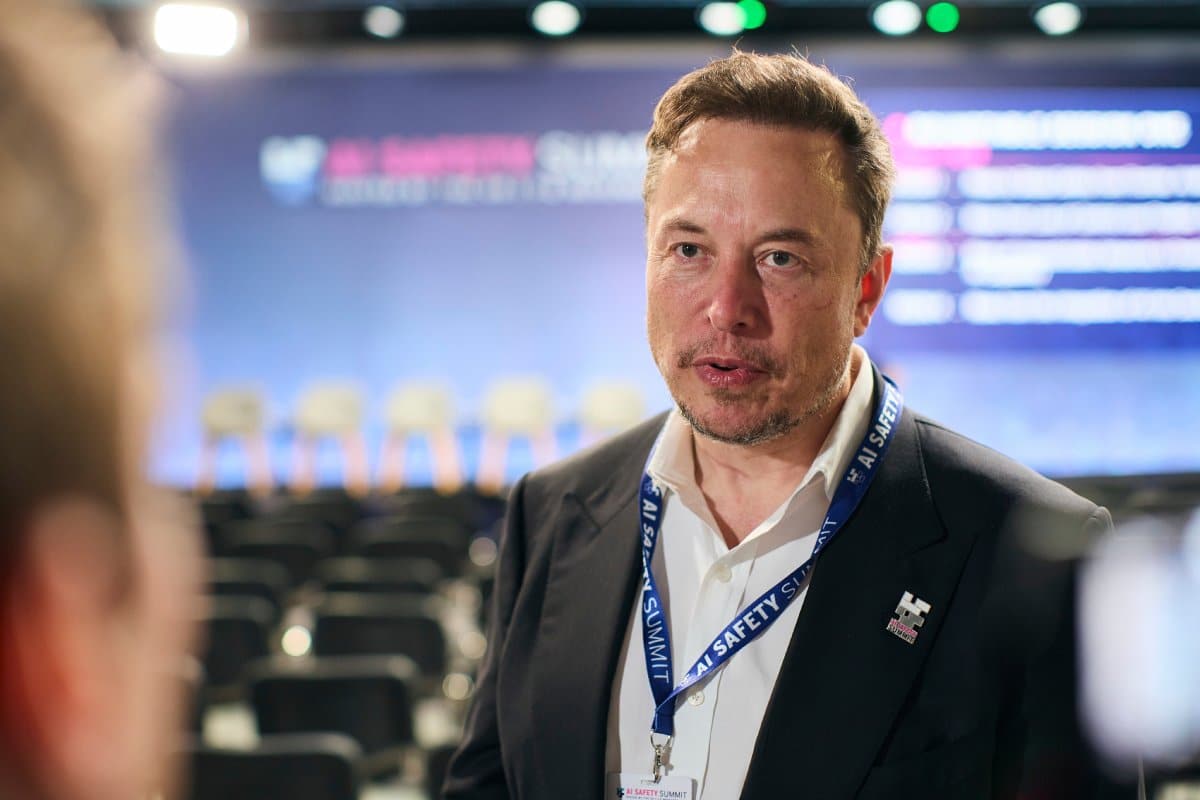
Elon Musk is calling for prosecutions after the text for a new senate bill on immigration was released. Musk accused the new bill of “enabling illegals to vote.” Elon Musk: New Immigration Bill ‘Enables Illegals to Vote’
Colorado Officials Reject Sanctuary City Status, Warn Against ‘Dangerous Game’

With increasing numbers of migrants arriving in Colorado, public officials have rejected any notion of the state becoming a sanctuary for migrants and asylum seekers. Colorado Officials Reject Sanctuary City Status, Warn Against ‘Dangerous Game’
Disney Challenges DeSantis’ “Don’t Say Gay” Rule With a Hefty Lawsuit
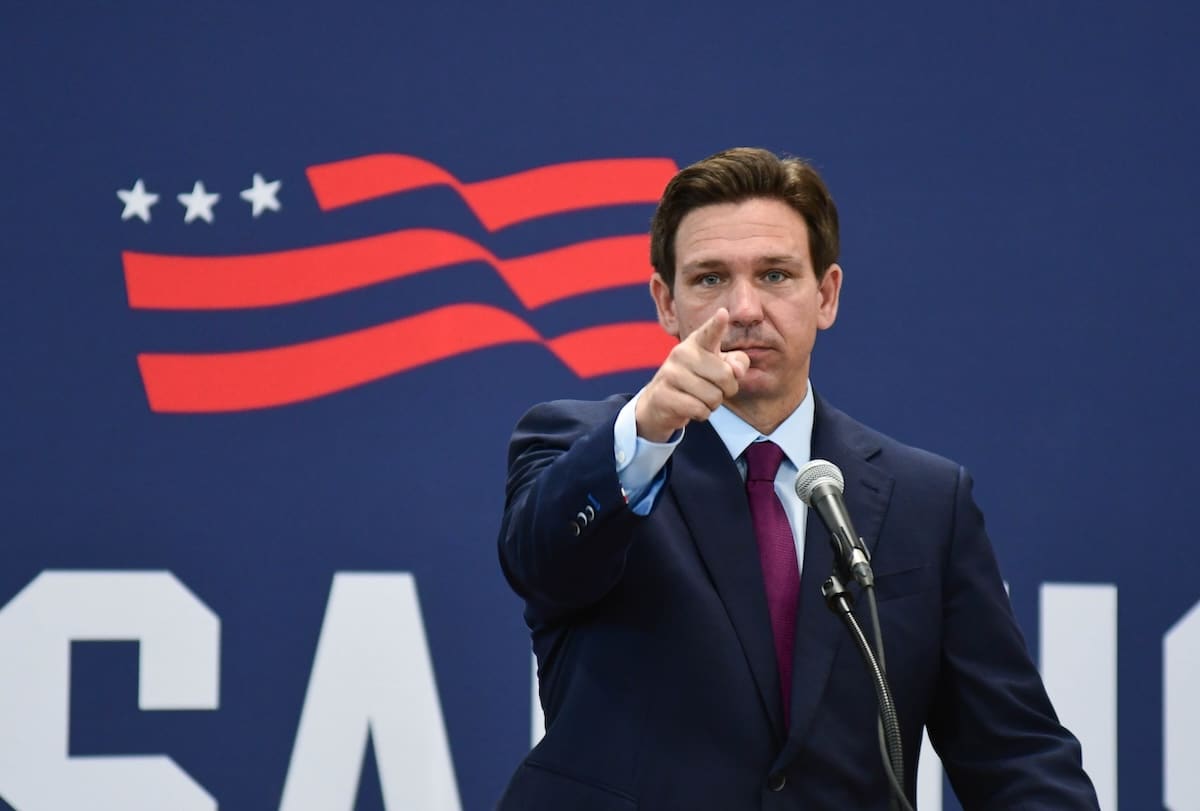
Disney is set to appeal its refusal for a lawsuit against Ron DeSantis, who stripped the company of its rights for disagreeing with the Governor’s views on the teaching of sexual orientation in classrooms. Disney Challenges DeSantis’ “Don’t Say Gay” Rule With a Hefty Lawsuit
Trump on the Attack as 21 Million Americans Flock to Obamacare, Biden Pushes Forward
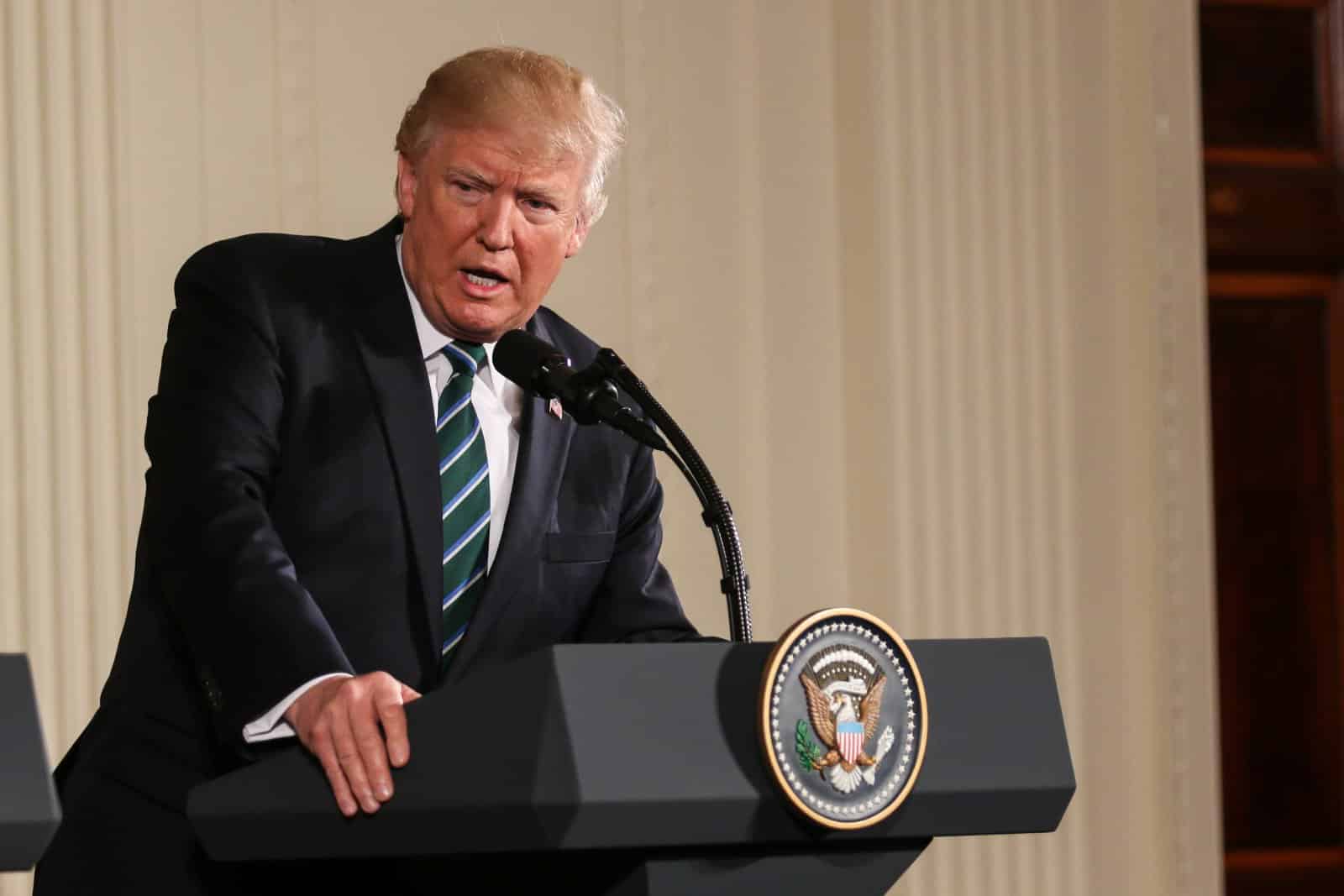
An unprecedented surge in health plan enrollments has reignited former President Donald Trump’s commitment to dismantling the program should he secure the GOP nomination once again. Trump on the Attack as 21 Million Americans Flock to Obamacare, Biden Pushes Forward
The post 15 Budget-Friendly Ways to Boost Your Home’s Energy Efficiency and Save first appeared on From Frugal to Free.
Featured Image Credit: Shutterstock / evrymmnt.
The content of this article is for informational purposes only and does not constitute or replace professional financial advice.
